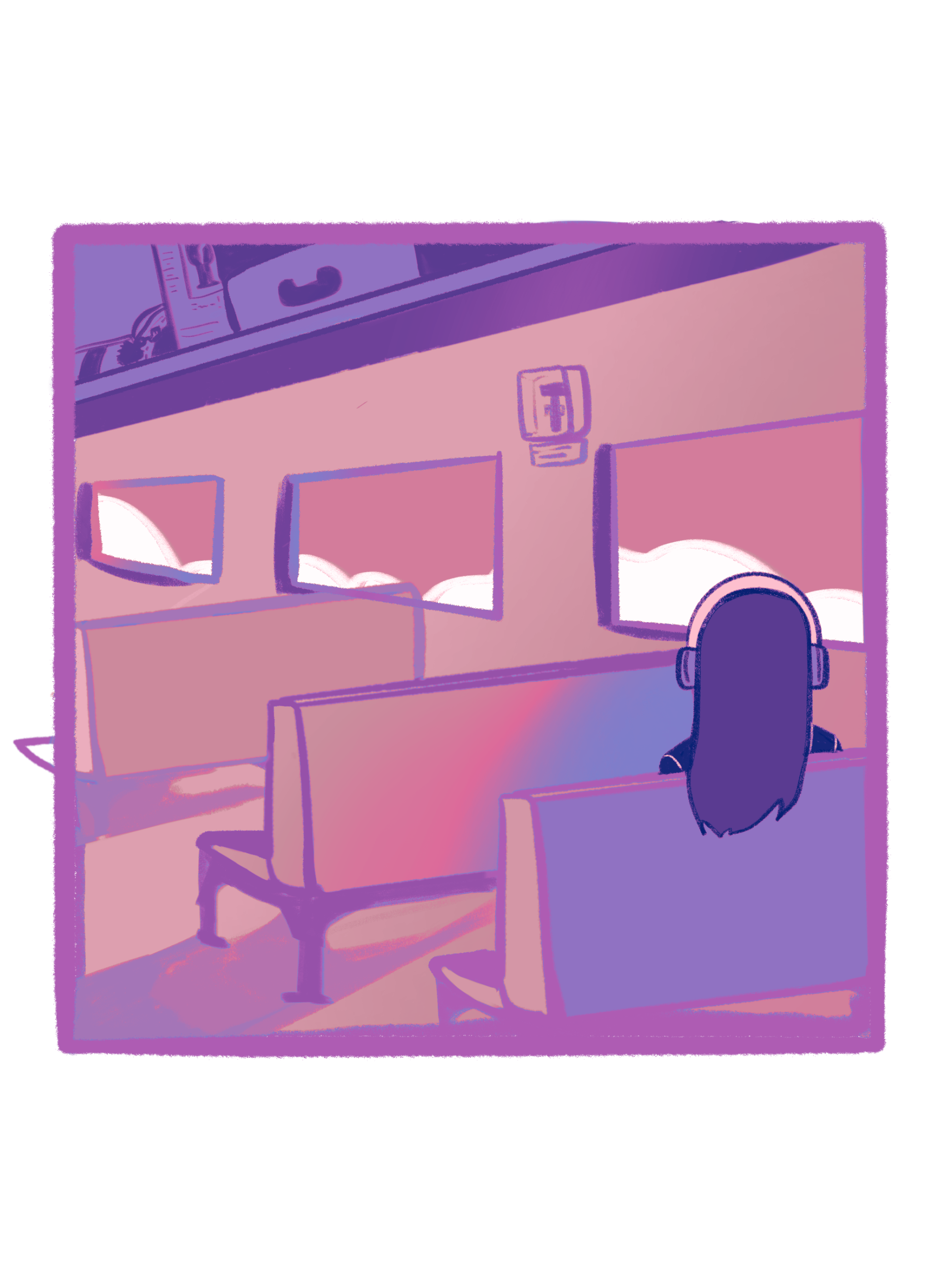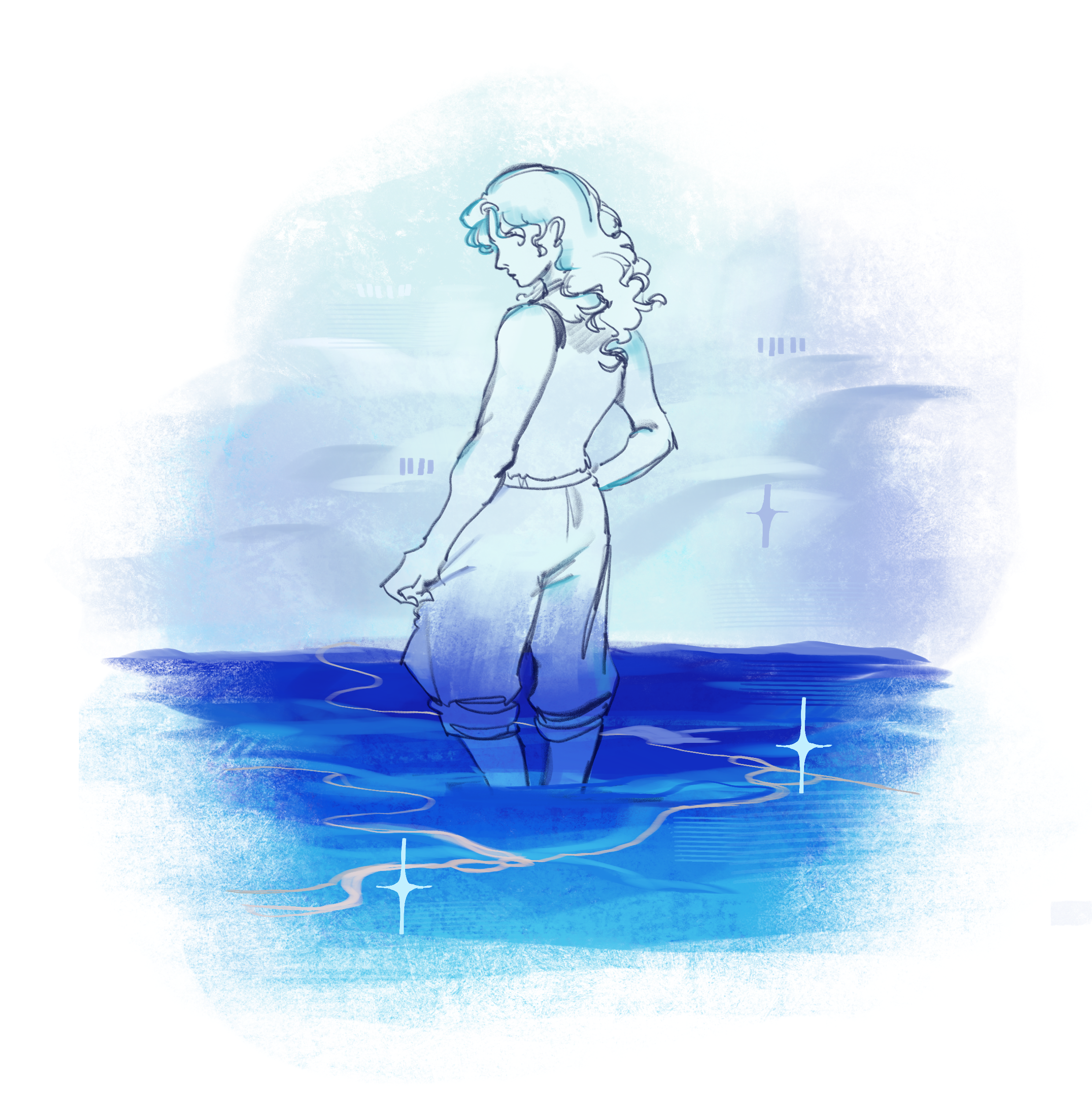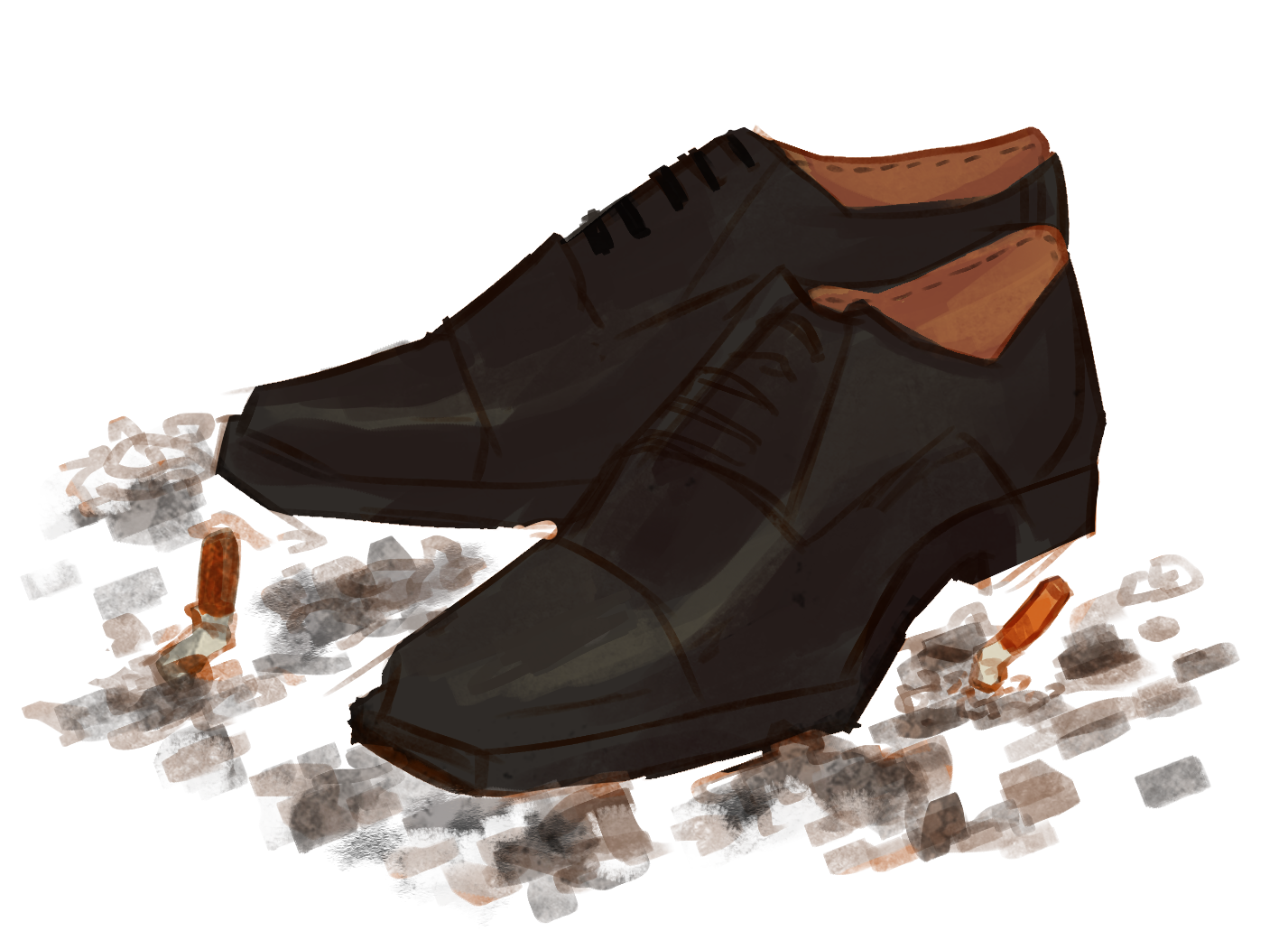With Halloween around the corner and a second season of quarantine pending (sans Tiger King this time), I decided that one of the quirkiest feminine films of all time, Anna Biller’s The Love Witch, deserved a re-watch. I honestly can’t believe I studied this in my Philosophy of Film class, but I’m far from complaining; it’s simply iconic and amusing in a bizarre way.
On the first watch, you may be confused, left wondering what kind of banal ‘feminist’ message could possibly be delivered in a story about a beautiful young witch, Elaine, who wields seduction as a weapon and tinkers with potions in a decidedly aggressive quest for love. Leaving a few unfortunate male victims pathetically strewn in her wake, her desperation for love eventually drives her away from (technical) manslaughter directly to murder.
Upon re-watching the film, it is far from a mere spectacle. It offers feminist insights through both its narrative and cinematography.
Even contemporary mainstream film tends to objectify its heroines, focusing the camera lens on the feminine body from a heterosexual, male perspective and encouraging the viewer to take up this point of view. Women are incited as a visual object to be looked at (think back to Mulvey’s disputed ‘Male Gaze Theory’).
An example is Catwoman in The Dark Knight Rises who, although she has strength and power, employs sexual allure and a barrage of male lust to get her way. While The Love Witch deliberately uses feminine tropes and stereotypes as a form of commentary, it also interrogates the male gaze by politicising the act of looking.
Bell Hooks’ (2010) notion of ‘the power in looking’ suggests that a film’s representation of the gaze itself can create a space of agency for the outsider; attempts to repress the other’s right to assert their own gaze has produced an “overwhelming longing to look, a rebellious desire, an oppositional gaze. By courageously looking, we definitely declared ‘I will stare and I want my look to change reality’”(248).
Biller asserts the oppositional gaze by almost violently exploring the feminine perspective and using it to structure the film. Elaine’s vibrant eyes are a repeated image, a constant reminder that she is the focus. The literal feminine gaze takes control, revering the spectator and Elaine’s male victim to subconscious submission, thus elevating her subjectivity. When the men show emotion, Elaine’s eyes are often a rainbow, iridescent flash which is striking in contrast to the image of their own collapsed, dying ones.
This is Biller’s attempt to remind us that “men can be even more emotional than women and it is the confrontation of their feelings which ultimately kills these characters”. By creating a critical and oppositional gaze, The Love Witch creates a sense of agency for the feminine, which is in tension with the ‘traditional’ domination of the masculine
The motif of eyes in art forms like Elaine’s paintings also enables her gaze to follow the men without their awareness. The film plays on the male gaze only to subvert and “smash the distinctions that structure contemporary debates about feminism and women” – from objectification and empowerment to victimhood and vengeance.
Hollywood tropes of horror films are used against themselves to add to this effect, while the set, lighting and camera angles are also very aesthetically different from the ‘Hollywood’ look. Biller doesn’t simply parody a horror but evokes fear, sympathy and disgust at the patriarchal ideas it brandishes – only to reject them.
The figure of the witch and the femme fatale, an old sort of male fantasy, is reclaimed and seen from the female side to promote identification with the heroine as well as encourage women to exact their own gaze and angrily question the white, heterosexual male of Hollywood media.
Female nudity is also not a mere source of visual pleasure, both because it is balanced out by male nudity, but also because Elaine’s own sexuality is explored. While she may be beautiful and sexy, her inner life as a protagonist suggests ownership of her body and, in the context of the film, it is her wants, desires and beliefs that prevail over the patriarchal society. The women characters, while embracing their sexuality, are not there to be looked at as objects of desire but are central to the plot, whereas the men are diminished to plot devices.
The parodic dialogue in the tea party scene further pokes fun at men and how they envision women’s conversations. With a heavy dose of irony, Elaine and Trish are made to deliberately fail the Bechdel Test through the topic of “what do men want?” while simultaneously talking about the patriarchy. Biller’s use of self-aware humour and complicated emotion incorporates a variety of different genres in order to purposefully embody gendered clichés in order to provide a critique of what it means to be socially recognised as a woman, as feminine.
This idea is reiterated by the overwhelming colour scheme. The cinematography creates an ode to sixties and seventies Technicolor thrillers and uses older Hollywood colour grading, editing, lighting, acting and speaking (as well as references to older tropes like Hitchcock) to place the film within an older setting. From the aesthetics alone, viewers would immediately expect this sort of film to be dominated by the male gaze.
By repeating the patterns and schemes of Technicolour, cinematographer M. David Muller reinforces an abstract setting which seems familiar yet alien, creating a world not unlike our own but hyperbolised to fit the extremities of Elaine’s character. In contrast, the set of the police station, a stereotypical masculine space, is tinted with neutrals, browns and greys, reminding us that the world of Elaine is akin to fantasy.
Admittedly, the acting is often wooden and there are some occasional plot holes which may not be intentional. However, we can learn from films like this. We glorify and romanticise films made in the Post-War Golden Age of Hollywood of Doris Day and Jimmy Stewart, not stopping to question how it portrays women entirely from the male gaze. The Love Witch pays homage to the films of this age using the lessons from our own. It isn’t necessary to take a feminist reading when watching this gothic (and very camp) satire, but it certainly helps.





